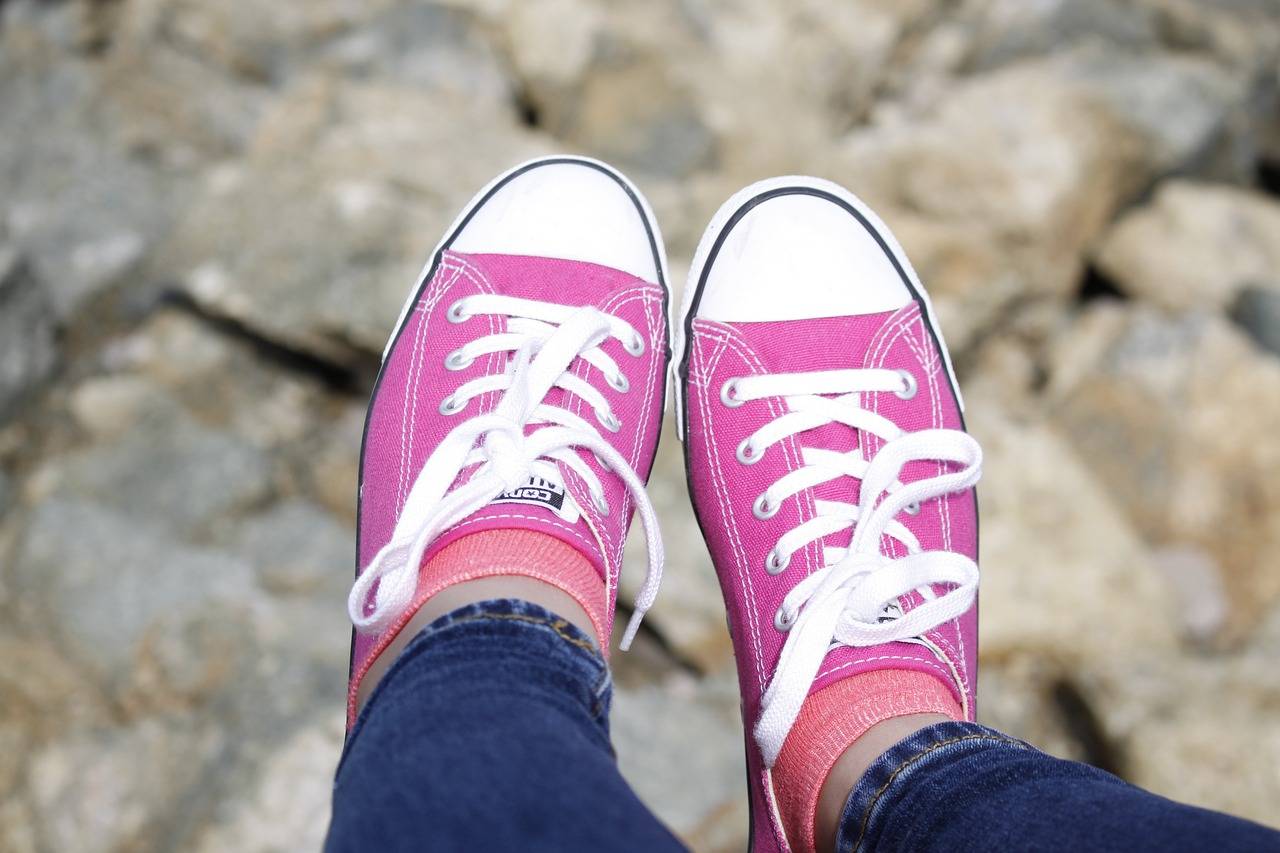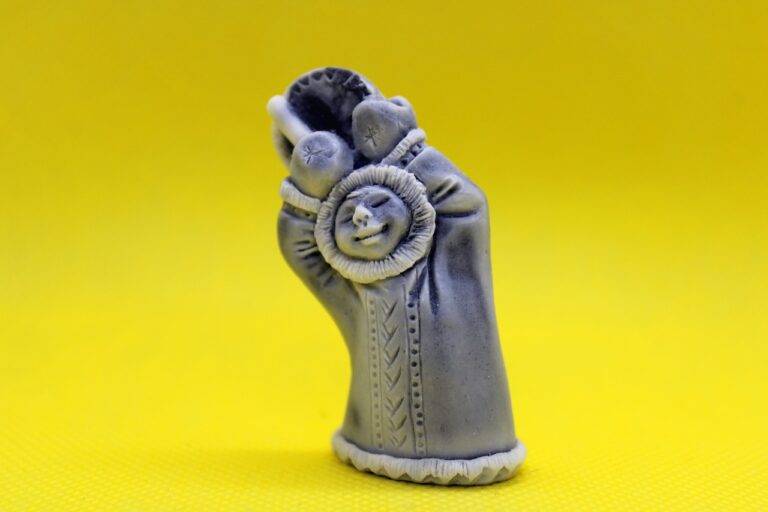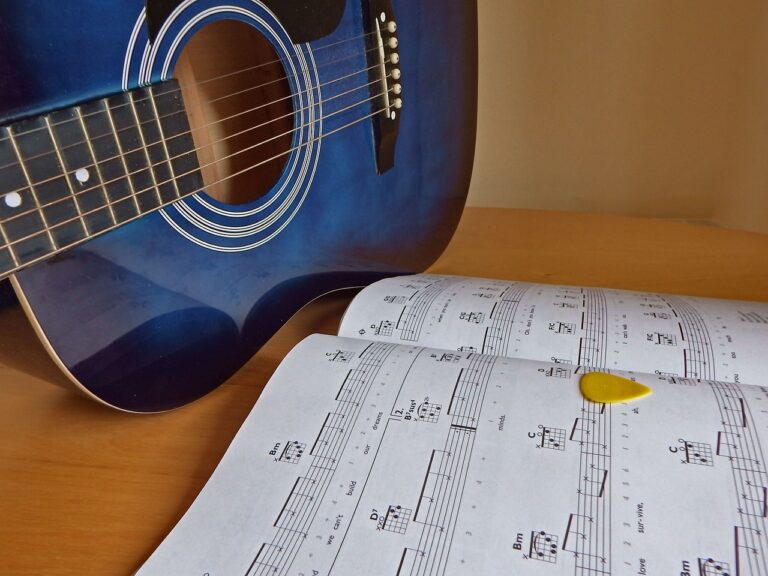The Evolution of Animation Techniques in Claymation Films
One of the major innovations in early claymation films was the development of character articulation techniques. Artists experimented with ways to manipulate clay figures to convey emotions and movement realistically on screen. This led to the creation of more dynamic and expressive characters, enhancing the storytelling capabilities of claymation.
Another significant innovation was the introduction of multi-plane camera setups. By using multiple layers of clay figures and backgrounds at different distances from the camera, filmmakers were able to achieve a sense of depth and dimension in their claymation scenes. This technique added a level of visual richness to the films and helped immerse viewers in the miniature worlds crafted by the artists.
Influence of Stop-Motion Animation on Claymation Techniques
The integration of stop-motion animation techniques has significantly impacted the evolution of claymation in the world of filmmaking. By utilizing stop-motion, animators are able to create intricate movements and lifelike actions in clay figures, pushing the boundaries of what can be achieved on screen. This marriage of stop-motion and claymation has opened up a realm of possibilities for storytelling and visual expression within the medium.
Moreover, the meticulous attention to detail required in stop-motion animation has influenced claymation techniques by emphasizing the importance of precision and craftsmanship. Animators must carefully manipulate each frame to bring clay characters to life, resulting in a more immersive and engaging viewer experience. This fusion of stop-motion and claymation has paved the way for innovative storytelling techniques and enhanced visual aesthetics in the world of animation.
Transition from Hand-Crafted to Digital Claymation
As technology advanced in the field of animation, the transition from hand-crafted to digital claymation was inevitable. Filmmakers and animators began to explore the possibilities that digital tools offered in creating claymation films. The shift allowed for greater precision and efficiency in the animation process, enabling artists to manipulate clay characters with more ease and flexibility.
The introduction of digital claymation opened new doors for creativity and experimentation. Animators found that they could achieve more complex movements and visual effects with the help of computer software. This blending of traditional stop-motion techniques with digital enhancements brought a fresh perspective to claymation filmmaking, pushing the boundaries of what was previously thought possible in the medium.





